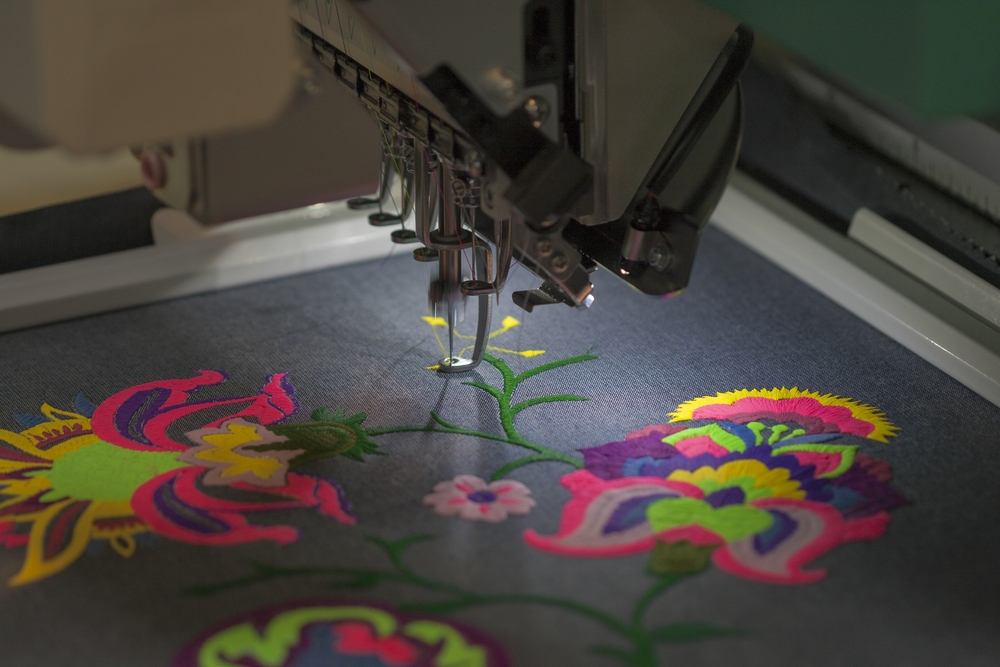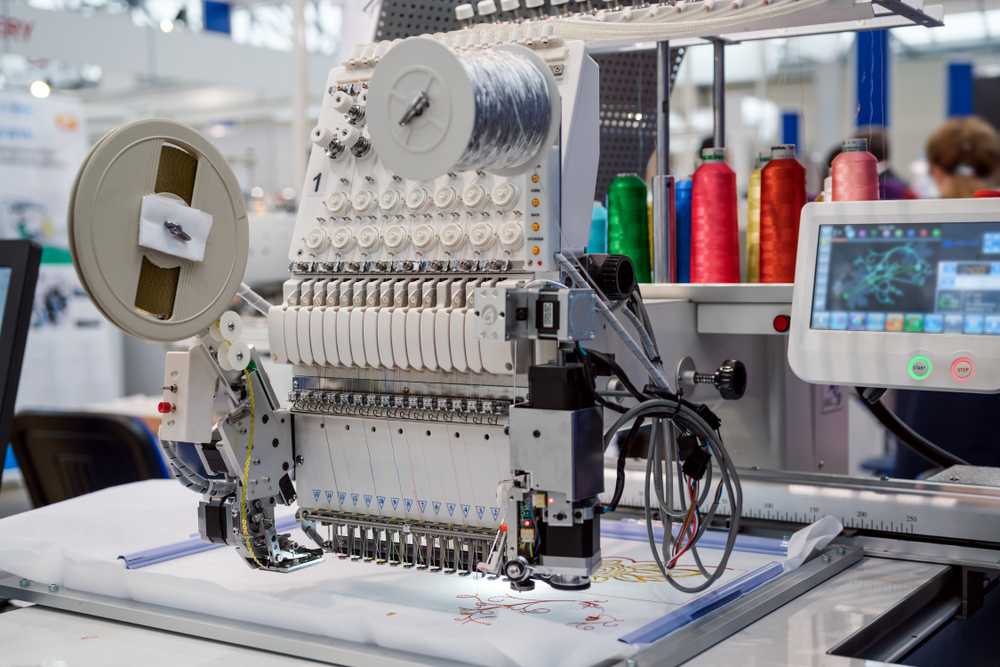Reliable Digitizing for Embroidery: Quick Turn-around
Reliable Digitizing for Embroidery: Quick Turn-around
Blog Article
Grasping the Needlework Digitizing Refine: Your Ultimate Guide
Needlework digitizing is a careful craft that calls for accuracy and knowledge to equate complex styles into electronic styles for maker embroidery. As artisans embark on this journey to master the needlework digitizing procedure, a thorough understanding of the essentials establishes the structure for excellence.

Recognizing Needlework Digitizing Essentials
Needlework digitizing essentials create the structure whereupon detailed layouts are translated into machine-readable formats for precise stitching. This preliminary step in the embroidery digitizing process is important for making sure that the final embroidered product is a devoted depiction of the original design. Comprehending embroidery digitizing essentials includes comprehending crucial ideas such as stitch types, stitch instructions, thickness, rug, and pull compensation.
Sew kinds play a crucial function in establishing the visual and textural outcome of the stitched layout. By choosing the suitable stitch kind, whether it be satin, fill, or running stitch, digitizers can attain the preferred effect and enhance the total high quality of the embroidery. Additionally, stitch instructions influences the circulation and measurement of the layout, while thickness figures out the spacing and protection of the stitches.
Furthermore, padding stitching provides stability to the design by protecting the material and stopping distortion during the needlework process. Draw payment is an additional vital consideration to neutralize the natural propensity of material to agreement when stitched. Understanding these embroidery digitizing essentials is basic for producing professional-quality embroidered items.
Picking the Right Digitizing Software Application
Selecting the proper digitizing software application is a critical decision that significantly impacts the performance and quality of the embroidery digitizing procedure. Digitizing for Embroidery. When picking the right digitizing software application, it is important to consider elements such as the intricacy of styles you prepare to develop, the user-friendliness of the software program, the degree of customer support provided, and the compatibility with your embroidery device
There are different digitizing software program alternatives readily available in the market, ranging from basic programs for newbies to advanced software application for expert digitizers. Some prominent options include Wilcom EmbroideryStudio, Hatch Embroidery Software Application, and PulseID. These software provide a variety of tools and features to help you create elaborate layouts effortlessly.
Prior to choosing, it is a good idea to check out the different software application options through free tests or trials to establish which one finest suits your requirements. Additionally, reading reviews and seeking suggestions from seasoned digitizers can offer valuable understandings right into the strengths and weak points of each software (Digitizing for Embroidery). By thoroughly evaluating your needs and comparing the features of different digitizing software program, you can make an enlightened choice that improves your embroidery digitizing operations
Digitizing Tools and Techniques

Optimizing Design Settings for Embroidery
Understanding the details of layout setups is basic in achieving optimum lead to the needlework digitizing procedure, building upon the foundation laid by understanding digitizing tools and strategies. When maximizing layout setups for needlework, it is important to think about aspects such as stitch type, thickness, rug, pull settlement, and enrollment. Stitch type selection affects the general feel and look of the style, with choices like satin, fill, and running stitches offering different appearances and impacts. Density refers to the spacing and density of stitches, impacting the design's insurance coverage and durability. Correct rug stitching gives security and avoids fabric distortion, specifically for complicated designs or on elastic products. Pull settlement changes for fabric stretch throughout stitching, ensuring exact style duplication. Registration setups line up why not check here different aspects of the design properly, maintaining total design honesty. By fine-tuning these style setups, embroiderers can enhance the top quality and precision of their stitched creations.

Troubleshooting Common Digitizing Issues
When running into typical digitizing concerns during the needlework procedure, it is necessary to understand the source and apply effective options promptly. One typical trouble is stitch density problems, where stitches might be too dense, triggering the textile to pucker, or as well thin, leading to gaps in the style. Adjusting the stitch density settings in the digitizing software program can help fix this problem.
An additional constant challenge is thread breaks during the needlework procedure. This can take place due to different factors such as wrong stress settings, dull needles, or using low-grade string. Ensuring proper maintenance of the embroidery maker, consisting of normal needle adjustments and stress changes, can minimize the occurrence of thread breaks.
Furthermore, style enrollment errors can lead to misaligned aspects within the needlework layout. Examining the layout placement in the digitizing software program and making necessary adjustments prior to sewing can aid in preventing this concern. By attending to these usual digitizing problems immediately and successfully, you can make sure a smoother needlework process and premium completed items.
Conclusion
Finally, mastering the needlework digitizing procedure needs a solid understanding of the basics, the right choice of software program, and expertise of devices and methods. Optimizing layout setups and fixing common digitizing concerns are critical actions in making certain navigate to this site top notch embroidery results. By adhering to these steps diligently, one can attain accuracy and efficiency explanation in the digitizing procedure.
Report this page